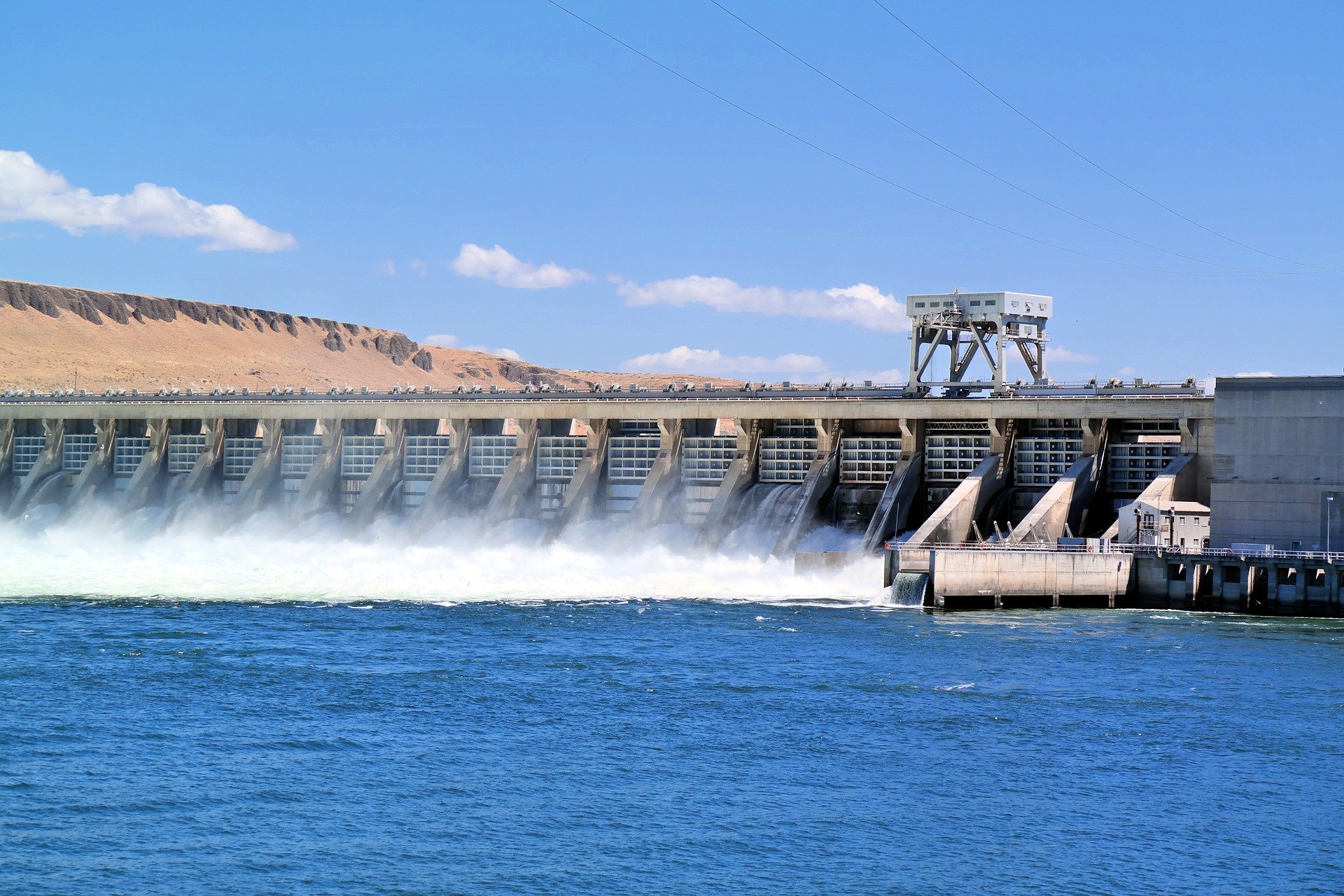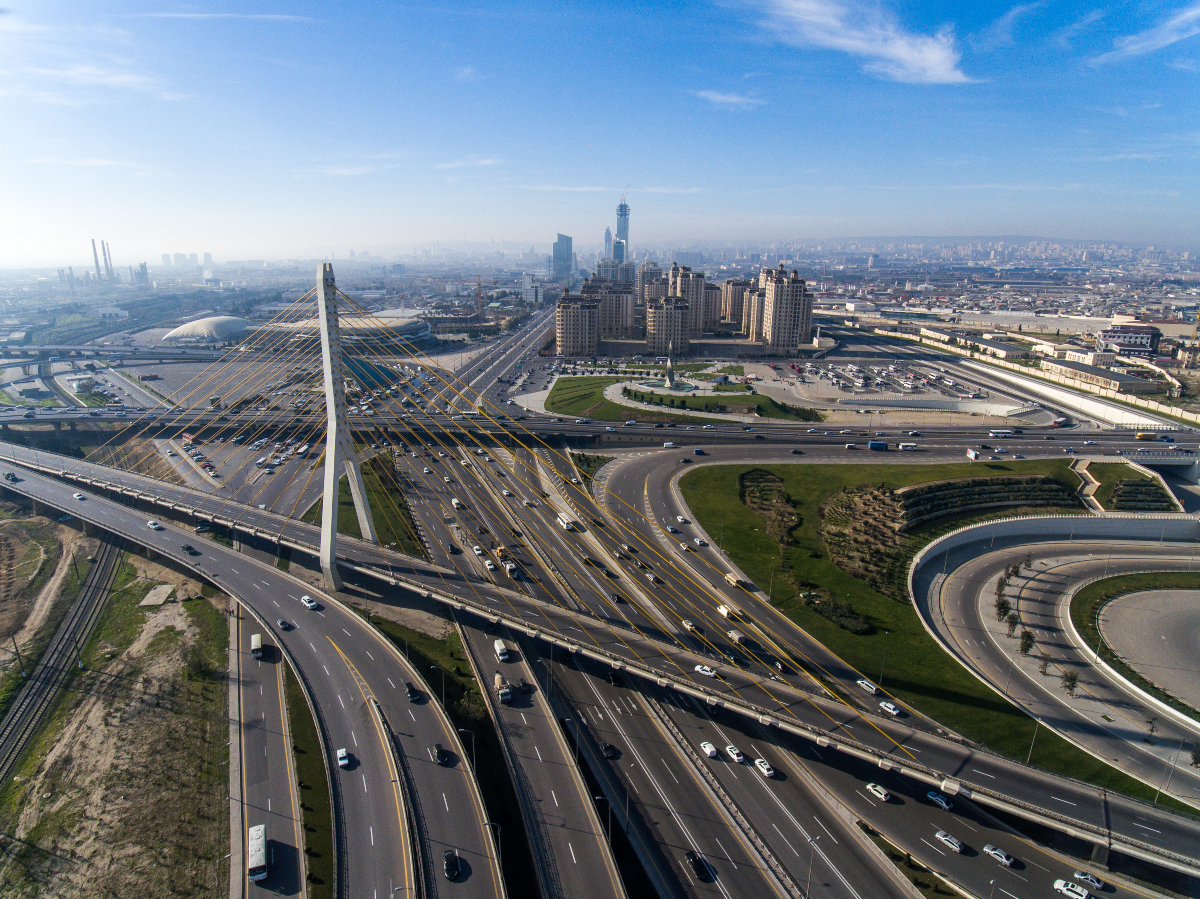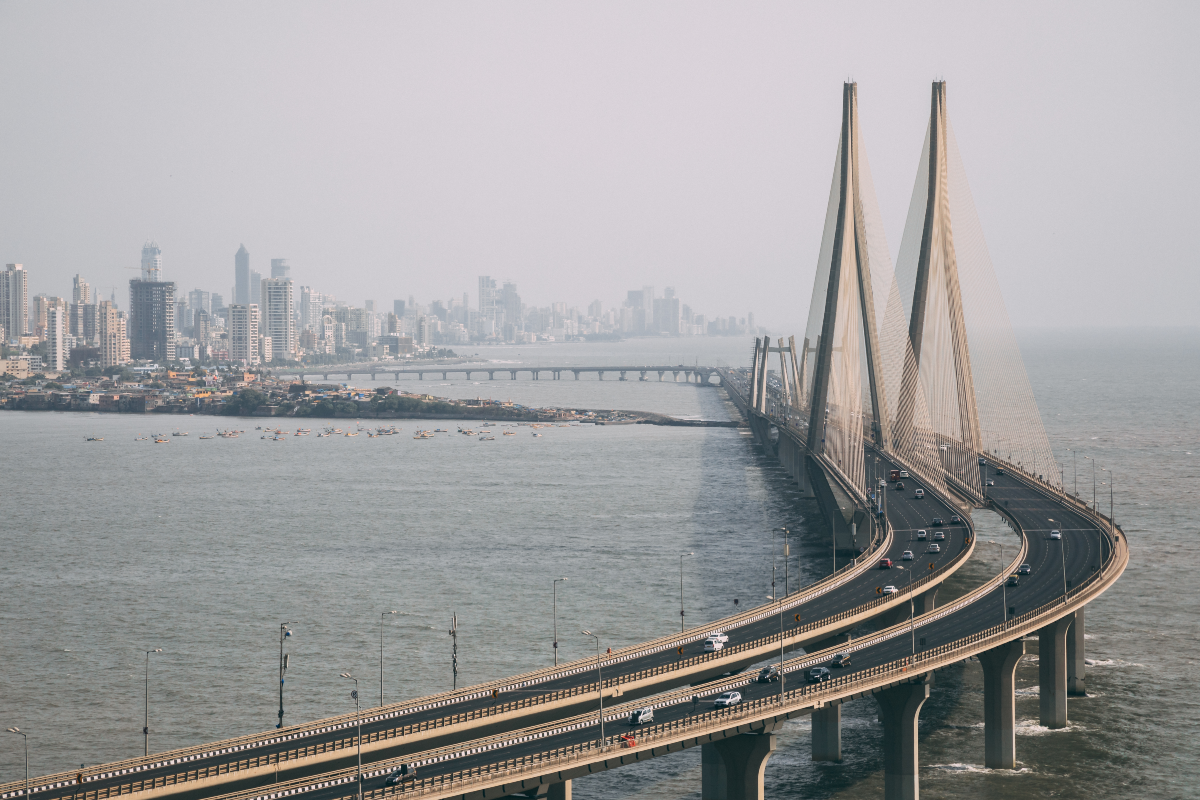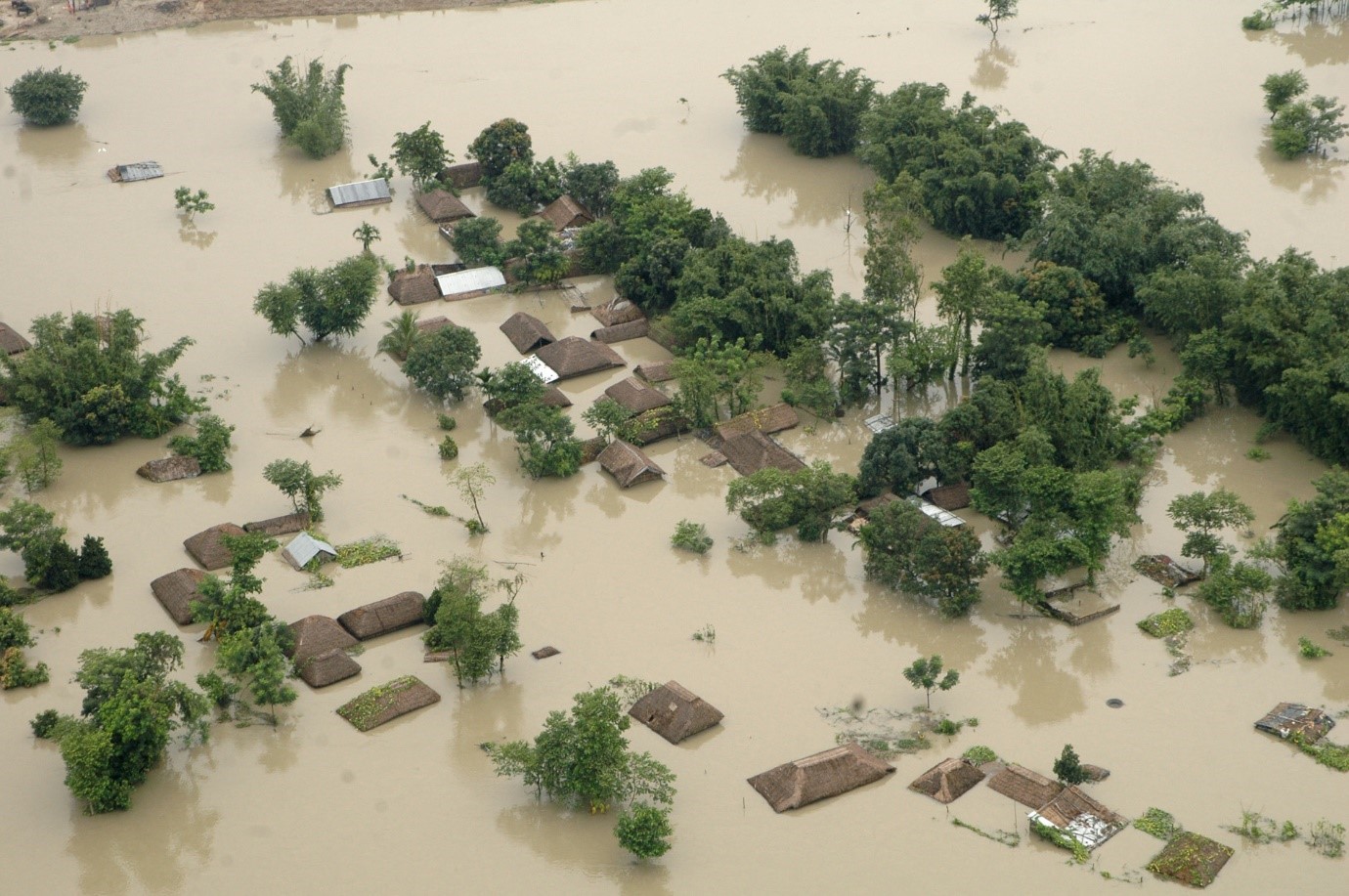
An appeal to learn from local solutions to build resilient infrastructure
What do indigenous practices entail? Something local. A practice that has emerged from indigenous knowledge, developed by local communities of the area, passed on from generation to generation, and constitutes an integral part of the physical and social structure of the community. That forms a part of the collective good of that respective community, which is not taught in the school curriculum but is a piece of knowledge and practically everybody in the community knows.
So how do these indigenous practices and knowledge fit-in with disaster resilience? It is commonly quoted in folklore, especially in the Asian-pacific communities that ‘disaster is nature’s way of telling us to live resiliently'. The indigenous knowledge and the practices followed by the communities are ways and means to survive in tandem with nature.
Thus, in layman terms, these practices have a way of dealing with disasters- practices that avert man-made disasters at the same time shape communities in a way to deal with the shocks created by natural disasters, ultimately making communities resilient for the disasters. And this is not new knowledge, but still, the integration of indigenous practices for disaster-resilient infrastructure and preparedness has not been mainstreamed yet.
Except for appreciation of indigenous practices in Yokohama strategy, Hyogo framework, Community Monitoring and Preparedness for Disasters (COMPREND) of UN global Programme for the integration of Public Administration & science of disasters, and Disaster reduction Hyper-base initiative: Transferable indigenous knowledge, there is not even a framework to mainstream it and utilize it as an actual tool for disaster resilient infrastructure.
A case study of Bihar, a state in the eastern part of India - known for its human resource can explain this in detail. Not only in India but even in the world, the state is criticized for poor performance on social and economic indicators, poverty, and unemployment. As for disasters, the state is known as 'Kosi’s Sorrow’- Kosi a Himalayan river, every monsoon season changes its course, causing unimaginable human and infrastructural loss due to floods.
The state of Bihar follows the Sendai framework for administrative guidelines for Disaster risk Reduction strategies and even has its own Disaster Risk Reduction (DRR) action plan. All these mechanisms and frameworks exists with no appreciation for the indigenous practices the northern and southern part of the state has, which can be ultimately utilized as a resilient mechanism for the disaster the State suffers.
During the flooding season, the river overflows, inundating the northern region of Bihar, which creates depressions on the surface locally known as 'tal’. New surface areas are created situated between the natural levees of the river and changed course called ‘diara', the local people utilize these depressions and maintain them artificially after the floods have subsided to store water for the drought season which is to follow. As the water level in the river rises, the locals resort to living on raised levels of land, and to obtain food security, the diet consists of kalmi saag (water spinach) growing in river water and chartangas (crabs). These artificially recharged depressions are utilized to grow thethar (pink morning glory), which serves not only as food needs but also the fuel needs, housing material, manure for soil, prevent the erosion of soil, and invasion of foreign species.
The flooded alluvial soil proves fertile for all types of crops and trees. One example being the Jamun (Eugenia Jambolana), whose wood is frequently used by locals to carve boats, which are used during floods. The artificial storage of chaurs and diaras in northern Bihar gives the locals' food security the whole year-round.
On the other hand, the southern part of the state has an indigenous community-managed irrigation system. South Bihar suffers from the dual disaster of floods during monsoon and droughts during summer. A traditional community-managed irrigation system exists named ‘Ahar-Pyne’, whose origin dates back nearly 5000 years to the Magadh dynasty. It is simply a diversion and storage system, where ‘Ahars’ include man-made earthen storage structures that have small embankments on the three sides which harvests the excess river water while ‘Pynes’ are the diversion carries or channels of this harvested water drawn from the flooded river, which further branches out according to the need of the locals. Though ancient and useful, it suffered neglect in the British era and with the resurgence in structural interventions in disaster risk reduction, this indigenous practice seems to have lost and needs revival.
These indigenous practices for resilience from the state of Bihar let nature take its course with the underlying thought of 'creating room for the river' and living in accordance with the principles of nature. It is rightly pointed out that resilience is an ongoing process that needs to be built over time and the process continues.
Even Oxfam’s framework for resilience mentions the same, resilience is not the ultimate goal or outcome, rather it constitutes quality of the pursuit of sustainable development. A better mix of structural and non-structural interventions like in the mentioned case study, with the usage of GIS (Geographic information system), mapping of river and flood plains to properly suit the alignment of ‘Ahar-Pyne’ involving community can go a long way.
From the above-mentioned examples from a state in India, and many such – some explored and some unexplored indigenous practices are yet to be revived or assimilated into the mainstream of disaster resilience infrastructure. It is high time; the disaster risk reduction framework and the resilient infrastructure shift their focus from structural interventions to non-structural interventions including the communities and their indigenous knowledge and practices to build a resilient future.
Anuja Narendra Chavan from India is one of the 10 winners of the Youth For Resilient Infrastructure Essay Competition.
This essay is the second in a series of 10, written by youngsters from across the world.
The views and opinions expressed in this blog are those of the author and do not necessarily reflect those of the Coalition for Disaster Resilient Infrastructure (CDRI).
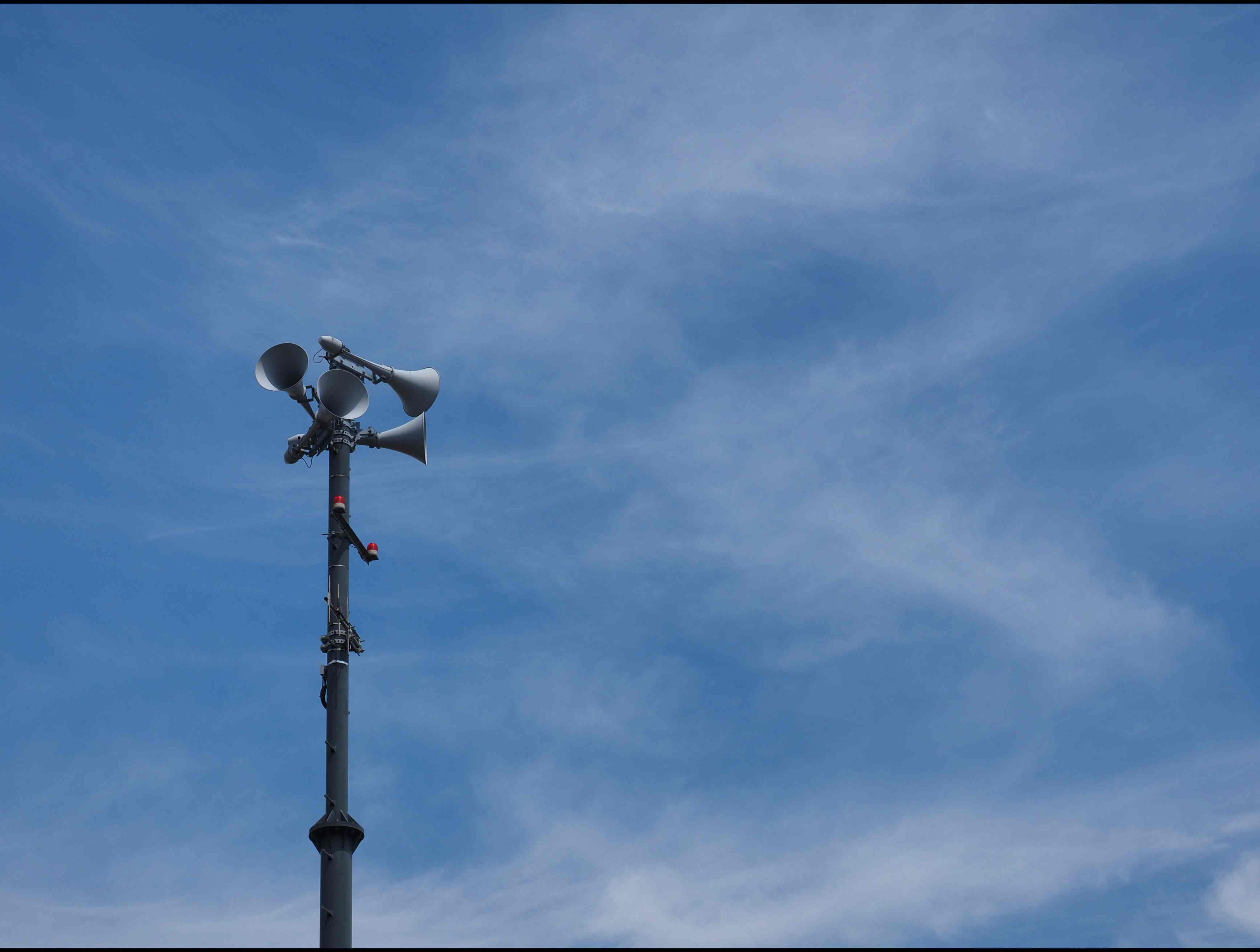
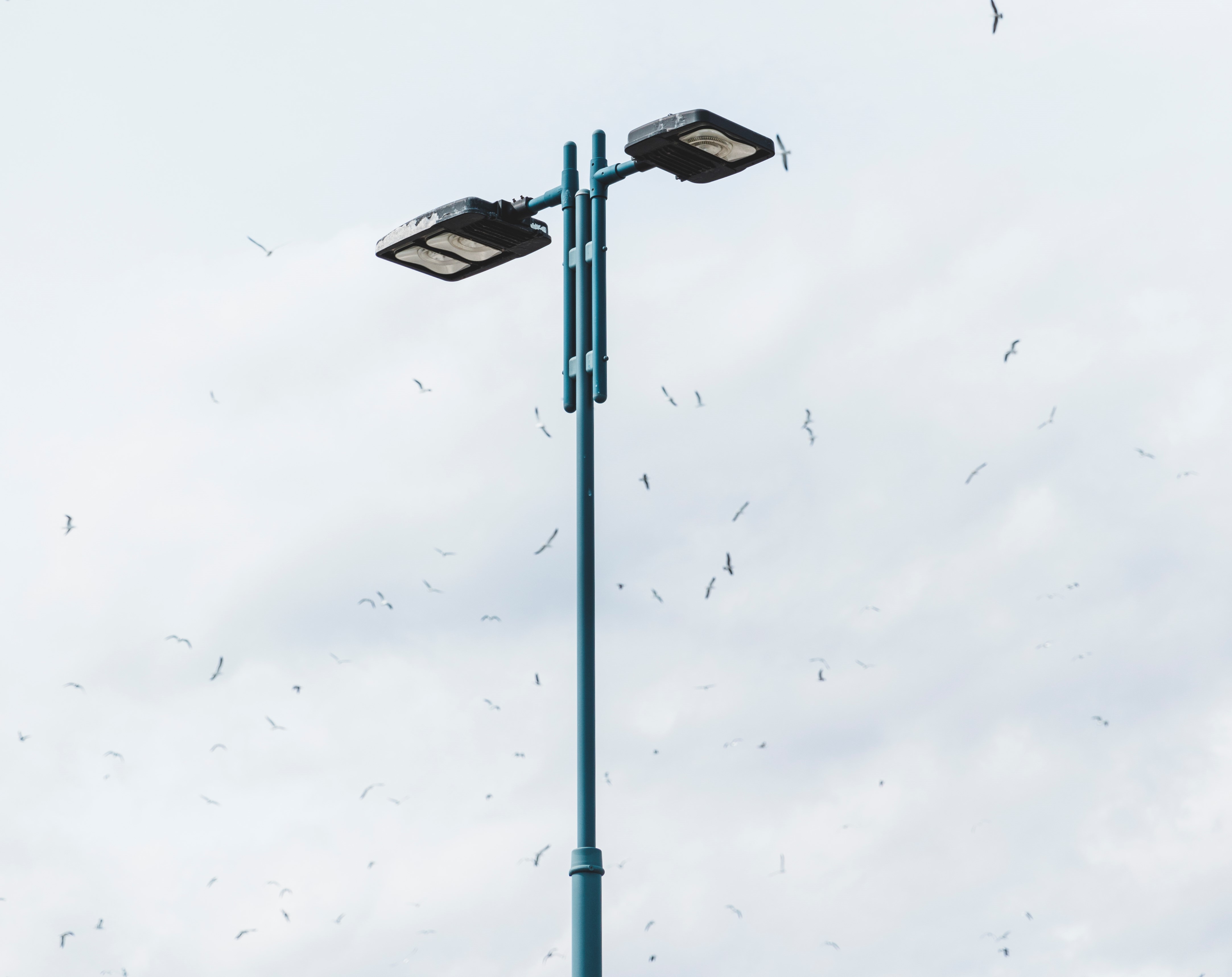
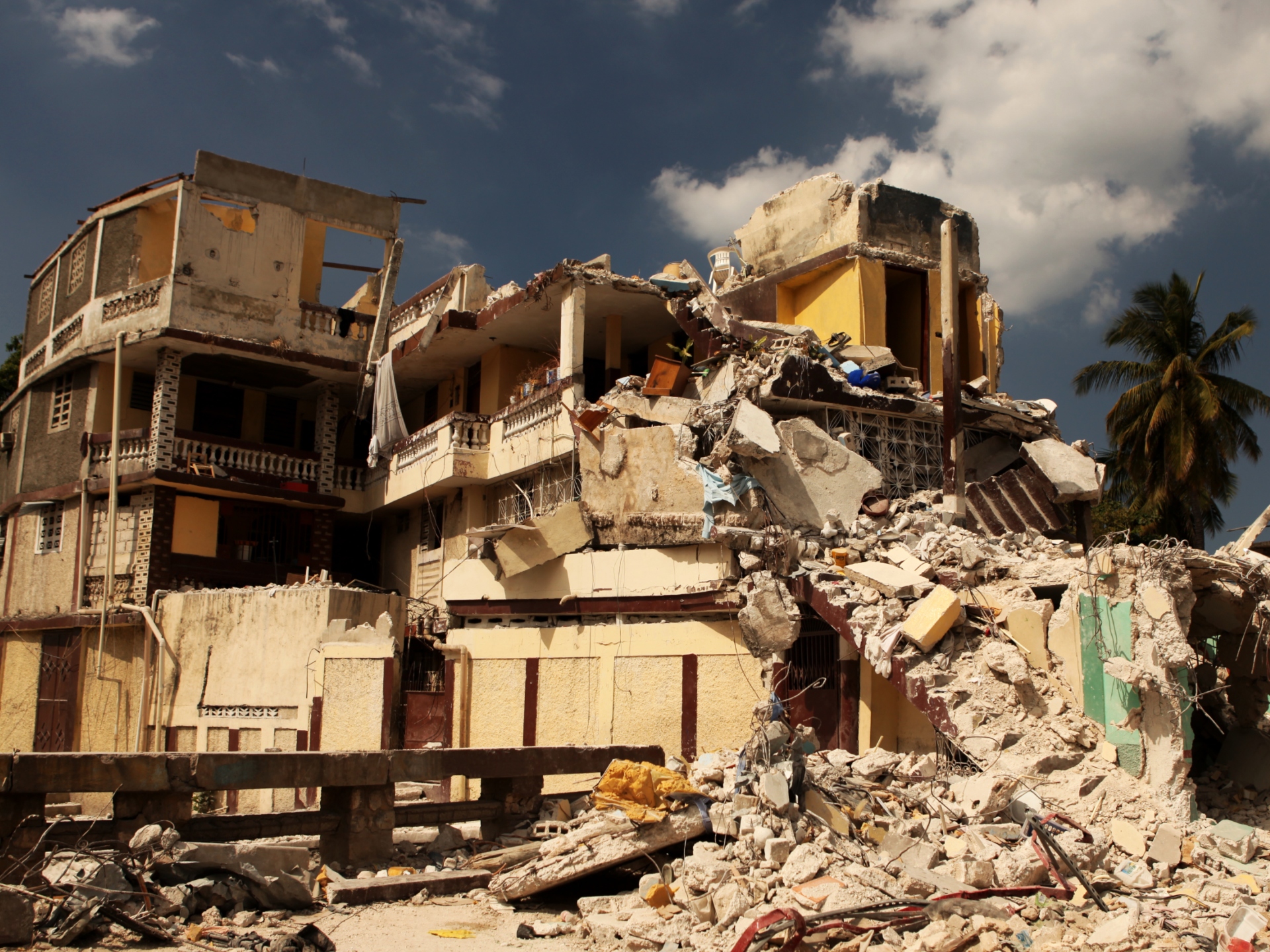
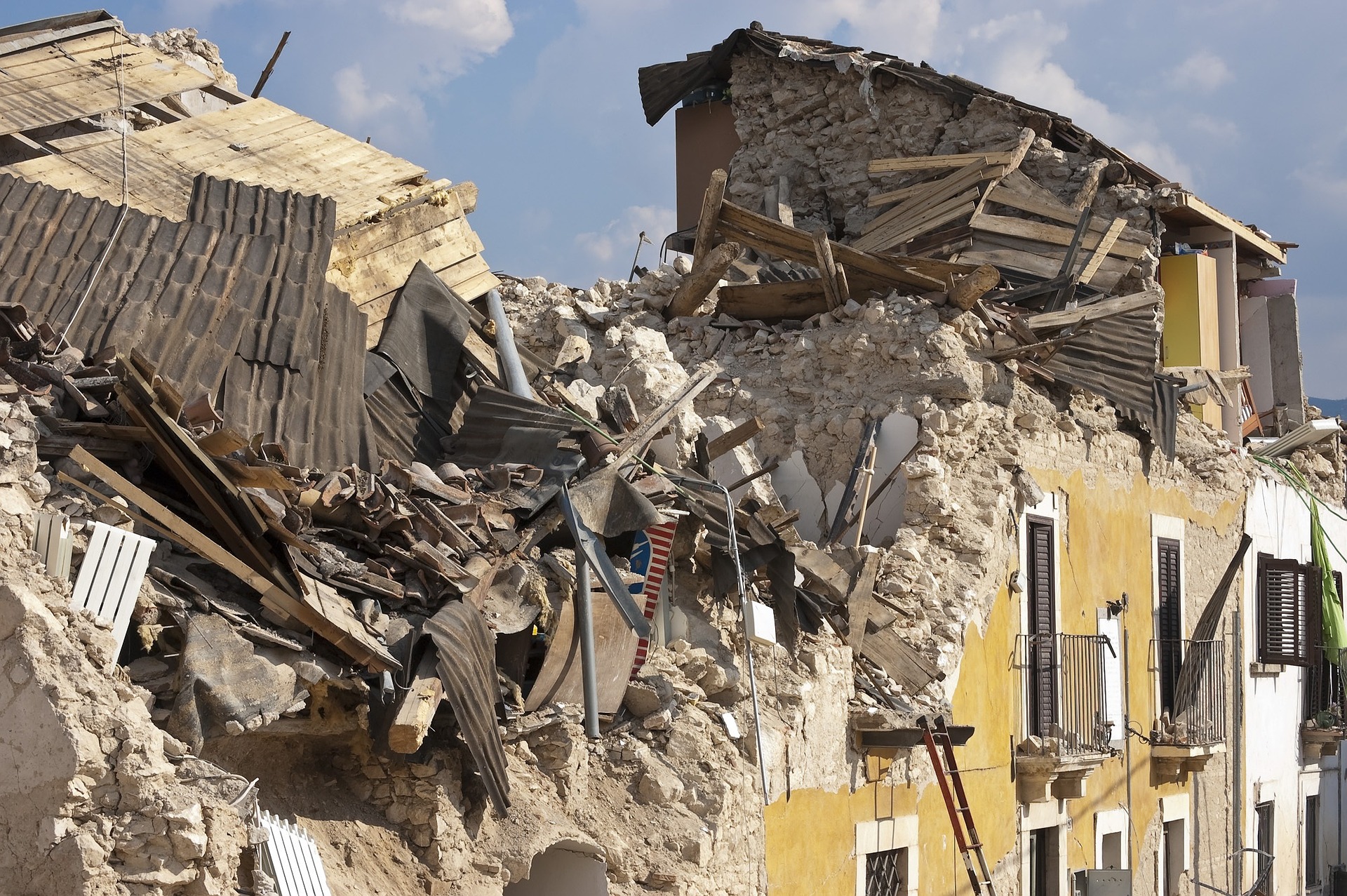
.jpg)
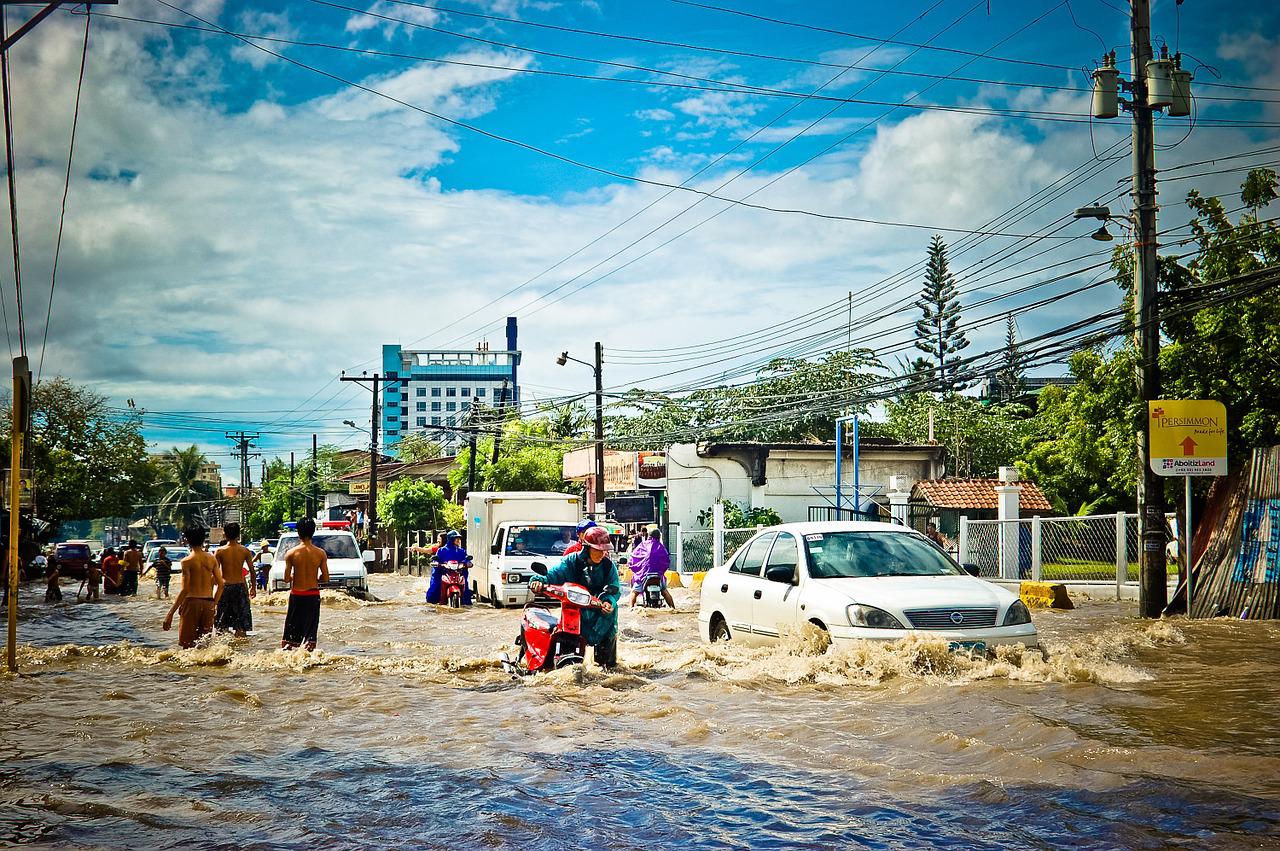
.jpg)
